Category
Recent Comments

Cottonseed meal is a high protein by-product from the extraction of oil from whole cottonseed. There are two different processing methods used to extract the oil from the cottonseed, and they differ in the amount of oil (fat) they leave in the meal. The amount of oil left in the meal affects its energy value. Cottonseed meal is palatable and commonly is used in cattle rations in the southern and western U.S. Solvent extracted cottonseed meal is the more common of the two types and has about 89 percent of the energy value of 44 percent protein soybean meal. Cottonseed meal contains gossypol. Under typical conditions, though, even high-producing cows will not consume enough cottonseed meal to suffer from gossypoltoxicity. Cottonseed meal is used as a protein supplement and can replace all of the soybean meal in the ration.
TYPICAL ANALYSIS:
| Expeller process: | Solvent process: | |
| Dry matter | 94 % | 92 % |
| Crude Protein | 41.0 % | 41.5 % |
| Fat | 04.5 % | 01.5 % |
| Crude fiber | 12.5 % | 12.5 % |
| Neutral Detergent Fiber | 26.3 % | 23.9 % |
| Acid Detergent Fiber | 18.8 % | 17.5 % |
| Calcium | 0.15 % | 0.15 % |
| Phosphorus | 1.10 % | 1.10 % |
| TDN | 72.0 % | 70.0 % |
| Net energy—Lactation | 76.3 Mcal/100 lbs | 72.6 Mcal/100 lbs |
Related products
Best offers
Payments
Cryptos - Banks Transfers
100% Safe
Genuine Suppliers
24x7 Support
Online 24 hours
Best Offers
Grab Now
Shipping Worldwide
On all orders
Know Us
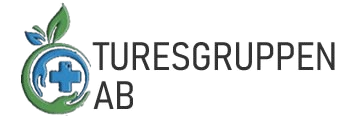
We are a company located at Stureplan 6 2tr, SE-114 35 Stockholm - Sweden. We are into Import and Export of a variety of products for which briefly they have been listed on our website.
Read MoreProduct Showcase
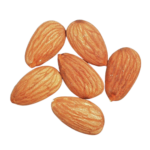
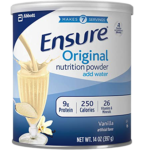
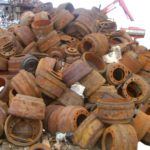
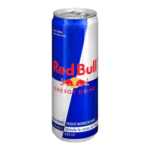
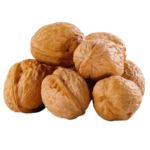
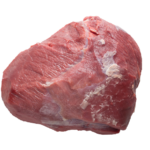
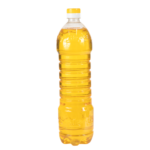
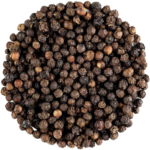
Testimonial

Gustav M. Sørensen
They Got the best products! - and service is prompt!

Frederik N. Carlsen
Bought premium quality goods from them. Genuine suppliers

Albert R. Simonsen
Genuine suppliers. Visited their factory!

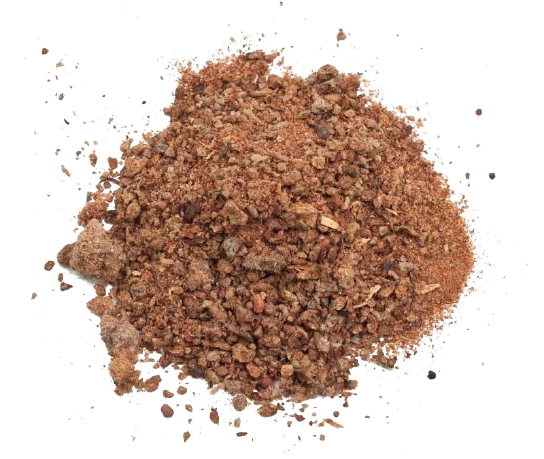
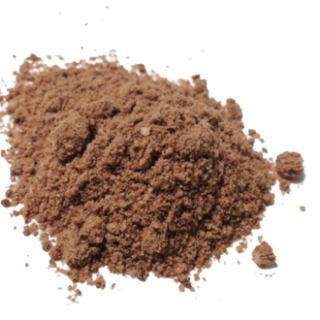
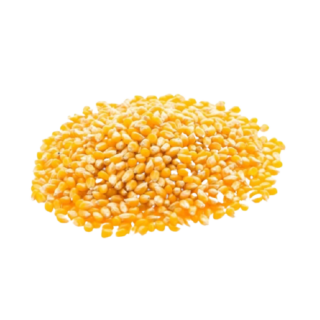
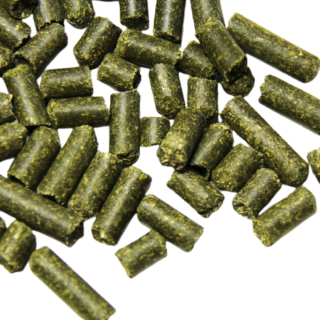
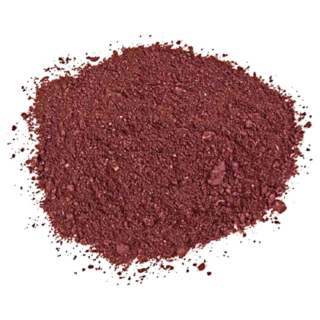
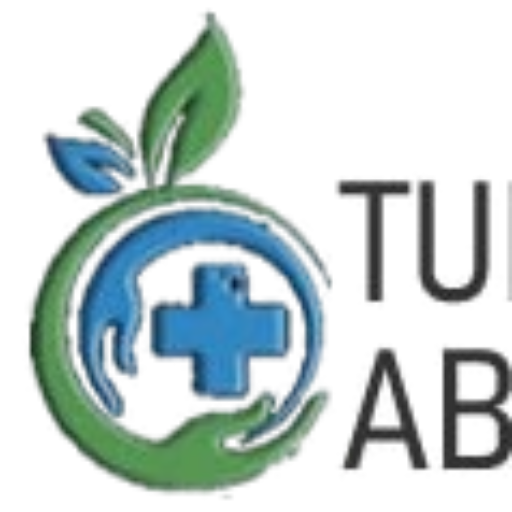
Reviews
There are no reviews yet.